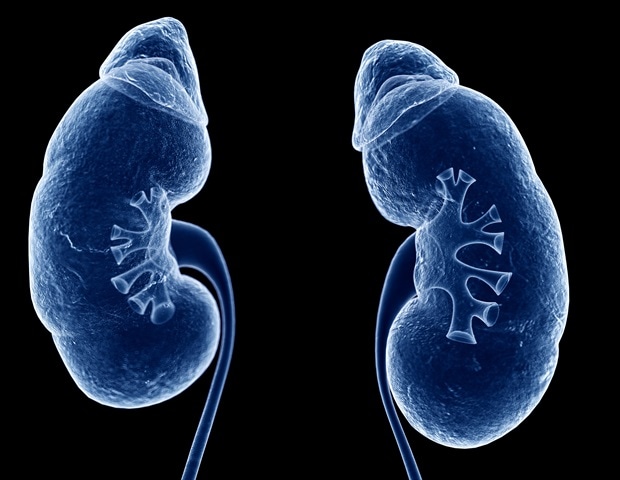A loss of salt and body fluid can stimulate kidney regeneration and repair in mice, according to a NIH-funded study led by USC Stem Cell scientist Janos Peti-Peterdi and published in The Journal of Clinical Investigation . This innate regenerative response relies on a small population of kidney cells in a region known as the macula densa (MD), which senses salt and exerts control over filtration, hormone secretion, and other key functions of this vital organ. Our personal and professional mission is to find a cure for kidney disease, a growing global epidemic affecting one out of seven adults, which translates to 850 million people worldwide or about 2 million in the Los Angeles area.
Currently, there is no cure for this silent disease. By the time kidney disease is diagnosed, the kidneys are irreversibly damaged and ultimately need replacement therapies, such as dialysis or transplantation." Janos Peti-Peterdi, professor of physiology, neuroscience and medicine at the Keck School of Medicine of USC To address this growing epidemic, Peti-Peterdi, first author Georgina Gyarmati, and their colleagues took a highly non-traditional approach.

As opposed to studying how diseased kidneys fail to regenerate, the scientists focused on how healthy kidneys originally evolved. "From an evolutionary biology perspective, the primitive kidney structure of the fish turned into more complicated and more efficiently working kidneys to absorb more salt and water," said Peti-Peterdi, who also di.























